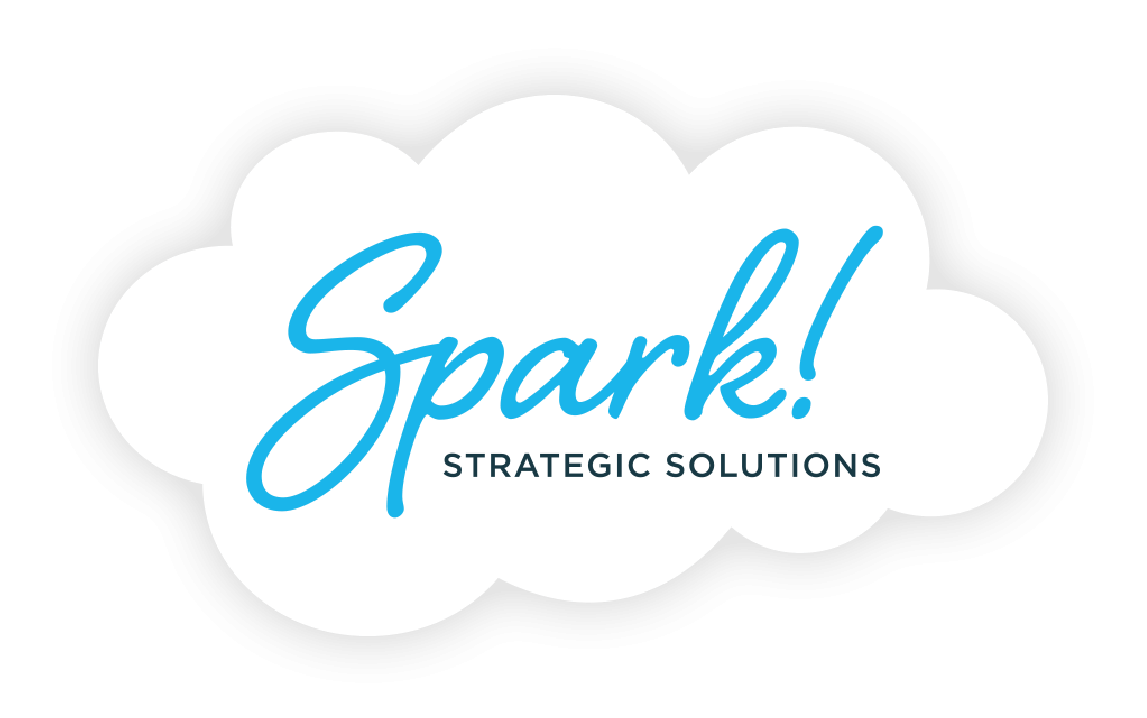
Are you ready to get uncomfortable? Disputes and conflict in the workplace can create tension that hinders productivity, and getting in the middle of a conflict can be a challenging role to take on. Each team member, as appropriate, has the opportunity to approach these situations from a different perspective and aid in the resolution of office conflicts.
With Human-Centered YOUnity™, we learn how to harness the power of personal stories, and our unique lived experiences, to connect with people and collaborate. In this blog post, we’ll discuss our tips and strategies for effectively mediating conflicts at work.
- Stay neutral: The first and foremost rule of mediation is to remain neutral. Avoid taking sides and remain impartial throughout the process. This helps to create a safe and open environment for both parties to express their concerns.
- Listen actively: When mediating a conflict, it is crucial to listen to both parties attentively. Allow each person to express their thoughts and feelings without interrupting or judging them. This helps to build trust and fosters a sense of understanding.
- Identify the root cause: Conflicts often stem from a deeper issue. Every individual is on their own journey, conquering their own challenges and defeating their own villains. Practicing empathy as a mediator, and encouraging your team to do the same, will help to resolve the conflict more comprehensively.
- Encourage open communication: Encourage both parties to communicate openly and honestly. This will help to address any underlying concerns and find a mutually acceptable solution.
- Use “I” statements: Encourage both parties to use “I” statements to express their thoughts and feelings. This helps to avoid blaming or accusing the other person and fosters a sense of understanding and empathy.
- Follow up afterward: After the conflict has been resolved, follow up with both parties to ensure that the solution is being implemented effectively. This helps to build trust and avoid any further conflicts in the future.
Even though conflict resolution can be an awkward challenge, Human-Centered YOUnity™ gives us the tools to help ease the tension and unify workplaces.
Empty space, drag to resize



